What to plant in the garden and how to do it right: the best tips and tricks
When purchasing a summer cottage or a house on the ground, the owners begin to think about how to organize a vegetable garden and a garden. I would like to make it not only useful, but also beautiful, blooming, fragrant. Many budding gardeners get lost, don't know where to start, and make many mistakes in their "growing career".
A bountiful harvest depends on proper crop planting planning. It is not enough just to stick the seeds into the ground and wait for the harvest. It is necessary to correctly formulate the soil mixture, choose a suitable place, organize watering and caring for the plants. It is better to learn about all these features of breaking up a garden in advance than to be disappointed in the results of your hard work later. Here the gardener will find all the useful tips from experienced growers on organizing a summer cottage, crop rotation, plant compatibility and many other useful information.
Content
- Garden layout: take into account the size and composition of the soil
- How to make beds: choosing vegetable crops
- What to plant with what - plant compatibility
- Crop rotation rules are the key to a bountiful harvest
- Organization of the irrigation system
Garden layout: take into account the size and composition of the soil
Before planting a plot, pay attention to its size and soil. If the territory is small, especially with planting crops do not run away. Therefore, experienced gardeners advise to break up a vegetable garden so that you can mix plants with each other - arrange beds where two or three types of vegetables will grow in one place. Of course, you shouldn't grow trees in small gardens. Their root system will "envelop" the entire plot, vegetable crops will grow poorly and slowly. If the area is more than 12 m2, you no longer need to worry about the advisability of mixed plantings. Here the gardener plans standard-sized beds and determines a place for growing fruit trees and shrubs.
When planning a vegetable garden, rely on the basic rules for its organization:
- Consider the size of the lot
- Decide what crops you want to grow
- Collect all the information about them so that you know what growing conditions they need.
- Depending on this, divide the site into zones
- Explore the soil. Add compost, humus, peat, or sand as needed
- Decide immediately whether you need greenhouse and choose the best place for her
An important item on the list is soil research. Why is this so important? The thing is that there are types of soil on which it is impossible to grow certain vegetable crops. Knowing the composition of the soil, its acidity level will help not to waste time growing crops that simply will not grow. It is very easy to check acidity at home. To do this, take a little earth - a couple of spoons - pour vinegar over it and watch the reaction. If the substrate begins to foam and hiss, then the acidity is moderate. If no reaction occurs, the soil is acidic, it must be deoxidized with slaked lime and ash.
Most vegetable crops do not tolerate acidic soil.
Compost, humus and sand are added to clay soil. If the plot is damp, it is necessary to arrange good drainage under the beds - constant puddles do not contribute to the growth of vegetables. In sod-podzolic soils, complex mineral fertilizers and rotted humus. Only after planning the zones and improving the soil can you start cultivating the beds and planting vegetables, flowers and trees.
How to make beds: choosing vegetable crops
The organization of the beds requires certain knowledge from the gardener. First of all, this is orientation to the cardinal points. The beds should be arranged in the direction from north to south. This is the best option for cultivation cultures. It is advisable to choose areas that are flat, without ridges and bumps.
The vegetable area should be open, free of trees and shade.
Most crops love sunlight, air movement - aeration and soil moisture. With this in mind, the beds should be broken. Many now organize a place for vegetables as a high ridge. What? The place is delimited by boards - a rectangle is built above ground level. The substrate necessary for the culture is added to it.
Such a tall bed has several advantages:
- It is easier to work with it - weeding, watering, thinning
- The earth keeps warm longer
- Neat look of the garden - everything is organized
But if there is no desire to build such structures, cultivate ordinary beds. The optimal width is about 90 cm. Do not make too wide areas for vegetables. It is problematic to look after them. We have to break the integrity of the ridge when weeding and watering... There should be a sufficient distance between the beds for the free movement of a person with a small garden cart. Narrow passages do not allow normal work with plants - watering, weeding, fertilizing.
Any kind of crops can be grown in the beds. Everything will depend on the family's diet and the wishes of the owners themselves. It is important to consider the order of planting vegetables and their compatibility. The first to land onion, radish, garlic, greens and carrot... A little later, the rest of the cultures - beet, cabbage, potatoes, tomatoes, cucumbers... The latter are usually grown as seedlings, planting in the ground occurs when there is no threat of frost. This is mid to late May depending on the region. When choosing vegetables for cultivation on your site, always consider the family's diet. What will be eaten and what the household does not favor. It is not worth wasting time on plants that will then be thrown away. It's a waste of space and a waste of time.
What to plant with what - plant compatibility
The concept of plant compatibility is relevant for small garden areas. As a rule, it is on them that the mixed method of growing crops is used. Several types of vegetables and herbs are planted on one bed in order to save space. For this, plant compatibility should be taken into account. What to plant with what? Below are the pairs of crops that can be combined:
- Potatoes well adjacent to beans, corn, cabbage, salad, radish, marigolds and nasturtium
- Carrot gets along with onions, garlic, radish, tomatoes, peas, beans
- Beet likes to grow with cabbage and catnip
- Tomatoes coexist with carrots, parsley, basil, garlic, onions, spinach, cabbage and marigolds
- Cucumbers get along well with radish, cabbage, tomatoes, celery, salad, peas and marigolds
- Pepper is friends with carrots, marigolds, basil, nasturtium, catnip
- Zucchini better to plant with beans and nasturtium
- Garlic from tomatoes, eggplant, cabbage and carrots
In this order, you can combine vegetables and safely harvest bountiful harvests. Look out for flowers like marigolds. This is enemy number one for pests vegetable crops. Therefore, experienced gardeners are advised to plant them around the perimeter of the beds. Vegetables are often mixed with herbs - parsley, dill, salad.These plants are so-called "mediators". They help the mainstream culture grow.
By observing these simple compatibility pairs, you can harvest a good harvest even from a small garden plot. However, one should observe not only the rule of "friendship" of plants, but also crop rotation.
Crop rotation rules are the key to a bountiful harvest
The rule of crop rotation is reduced to one thing - in the same place you cannot endlessly grow one type of crops. They must be swapped. Otherwise, the soil will be depleted and impoverished. We'll have to enrich her and give her rest, which is usually not part of the gardener's plans.
So, a novice summer resident should take into account the following rules:
- Potatoes sit in the place where they grew up cucumbers, legumes, cabbage, green manure, carrot, beet
- Tomatoes planted where they grew cucumbers, green manure, beets, cabbage, turnip, onion
- Legumes in place cucumbers, kartofel, onion and cabbage
- The beets are planted in place potatoes, siderates, Luke, cucumbers, tomato, carrots, cabbage
- Cabbage loves the places of the former tomato, cucumbers, legumes, onions and carrots
- Onion crops are planted in place of legumes, cucumbers, potatoes and cabbage
Try to follow the rules of crop rotation. This will significantly increase the yield and avoid the appearance of pests, diseases plants.
Organization of the irrigation system
It is worth worrying about watering vegetable garden. If the territory is large, then you won't run over it with a watering can. Therefore, plan your irrigation system. This is quite simple to do. Install several barrels around the perimeter of the garden, where rainwater will be collected. Install a small pump and toss the hose to garden beds, crops that need frequent watering. In the evening, turn on the "shower". If there is a centralized water supply, great. Hose your garden beds.
But you should remember about one golden rule of watering vegetables - plants do not like cold water.
Therefore, it is advisable to use rain, warm water. In no case do not water the garden with water from a well - it is ice cold. This will destroy all plants.
Garden planning is quite troublesome. It is necessary to take into account many nuances and peculiarities. However, following the golden rules for organizing plantings, a novice summer resident will definitely succeed in his endeavor!
More information can be found in the video.





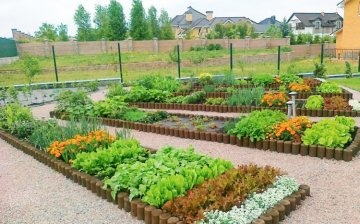
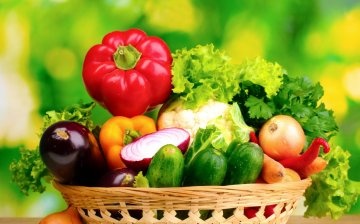
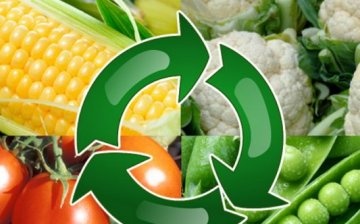
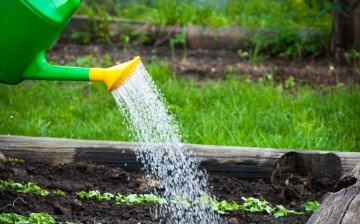






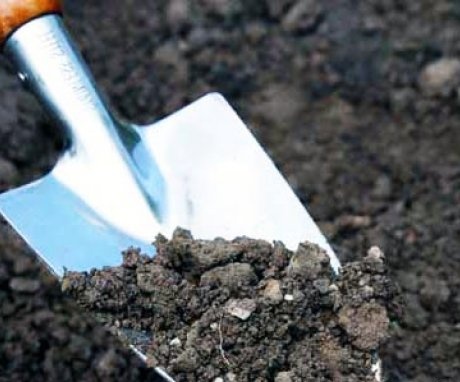
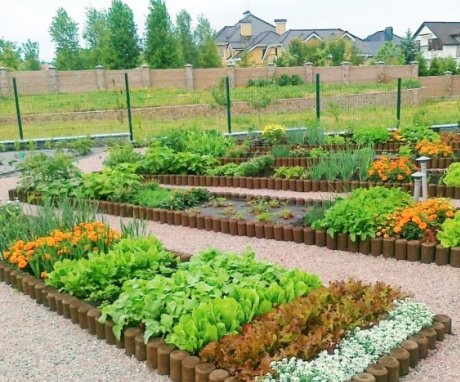
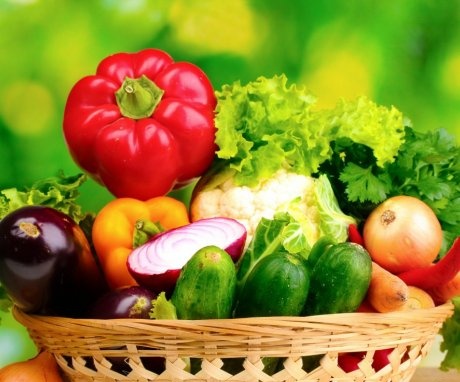
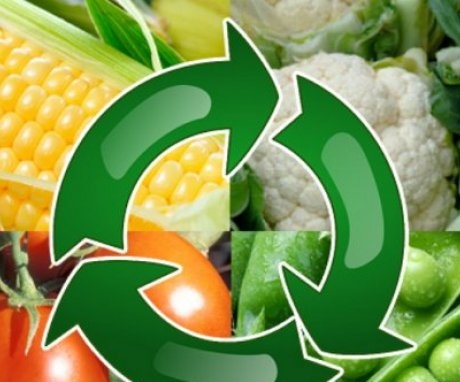
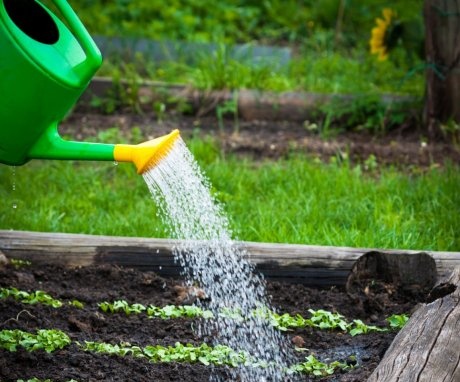
Good recommendations, but our site is partially shaded by tall trees that grow near neighbors, therefore, we have to disregard the proximity of different vegetable crops, but take into account only their illumination, because not all vegetables can grow in the shade, even if trees cover the site for only a few hours.